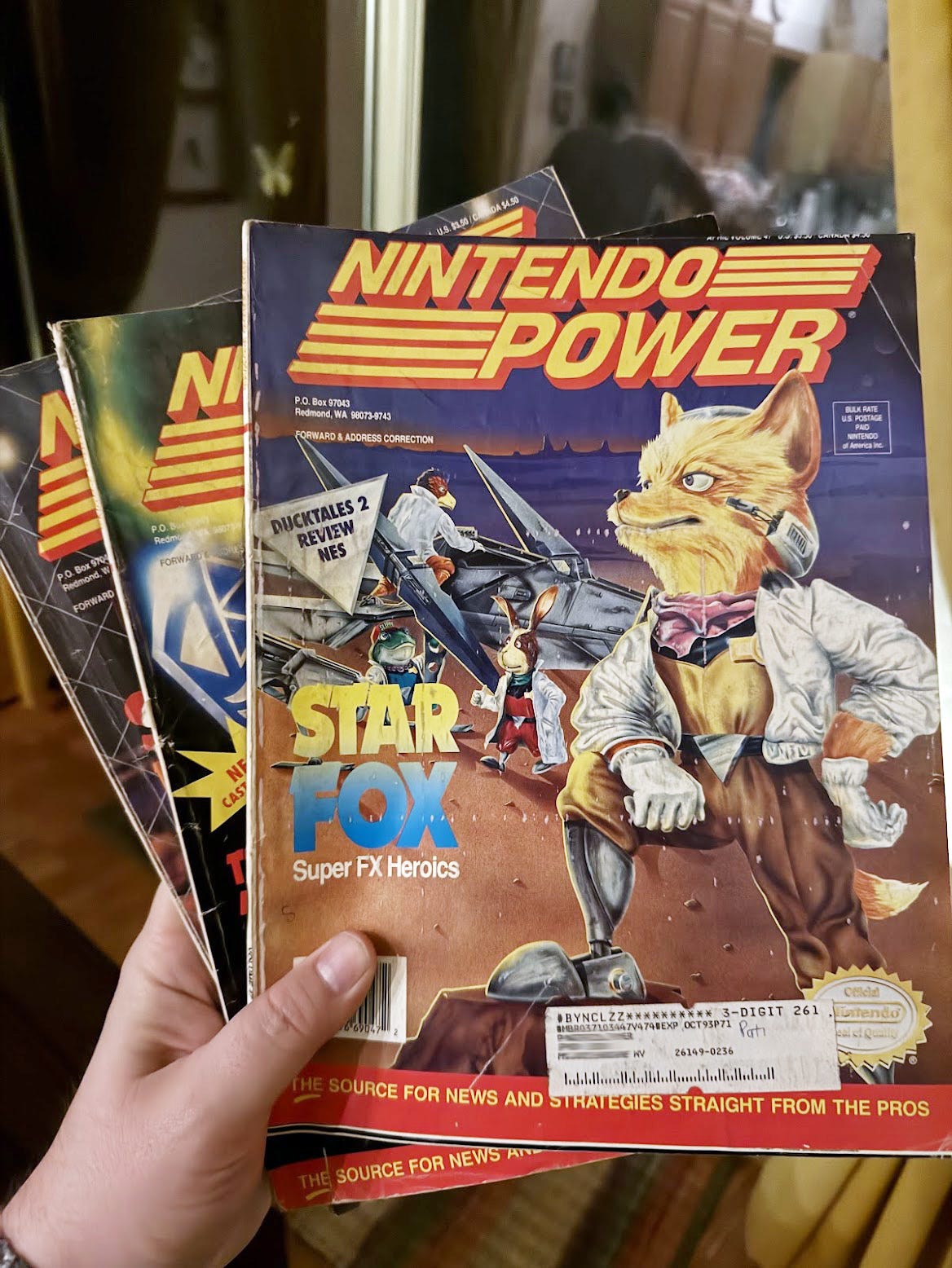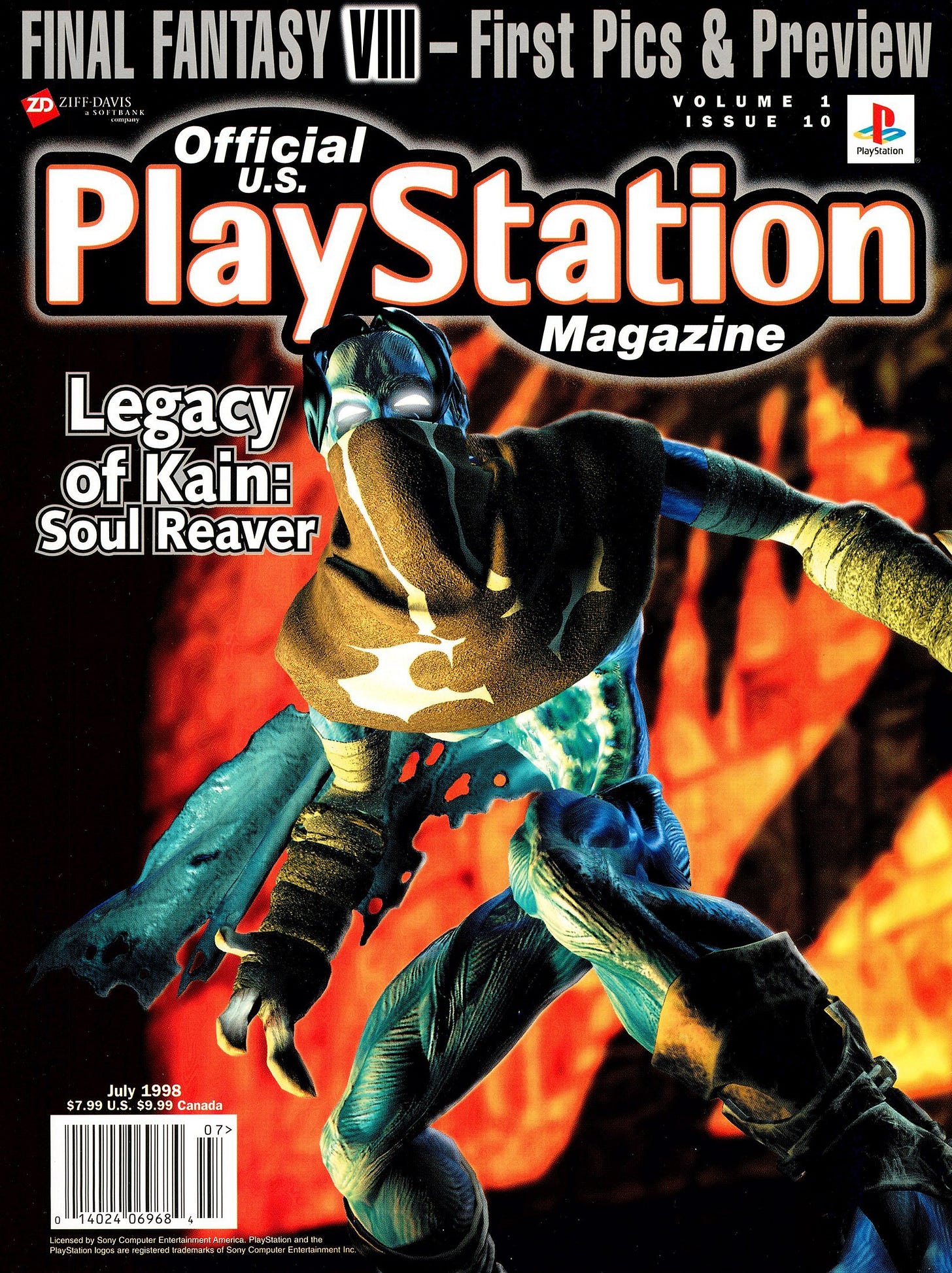How 'Nintendo Power' & 'Official U.S. Playstation Magazine' Innovated Gaming Media
A look back at two 'official' pubs
Gaming magazines were once the primary vessel for video game cheats and tricks. But that wasn’t their only contribution to industry history, both in gaming and media. In this edition of Power Action! we offer two ways two magazines made major impacts.
First, let’s look at Nintendo Power:
In the late '80s, the Nintendo Fun Club was an official fan club with a newsletter from the company, offering bits of news on upcoming releases, game tips, and more. It was free to join, with more than 3 million members. Minoru Arakawa, president of Nintendo of America, understood there was an opportunity to leverage this massive audience and use the Nintendo brand to become a major power in magazine publishing. So the company created Nintendo Power magazine, with the founding duo of Gail Tilden with support and Fun Club leader Howard Phillips, and it spent millions to mail free copies of its first issue to all of those Nintendo Fun Club members.
Accompanying that issue was an offer: $15 for a charter subscription to the new magazine. Around 1.5 million readers took them up on it. Suddenly, Nintendo Power magazine led the growing field of video game magazines. By 1990, the magazine had an audience of 6 million.
(It’s notable that one year later, S: The Sega Magazine launched a year later and sent its first issue to folks who had registered their Sega consoles via warranty cards. They would rename themselves Sega Power after a dozen issues. Original name!)
Nintendo Power’s audience ebbed and flowed over the years before being discontinued in 2012 (and then relaunched as a podcast a few years later), but Nintendo Power's impact was enormous and unmatched by its peers. And its launch is a fascinating case study of examining possibilities in adjacent markets.
Meanwhile, over in the Sony camp, Official U.S. PlayStation Magazine was launched in 1997, a couple of years after the PlayStation console hit the market. The major innovation this publication offered was being the first mag to bundle PS1 demos with each issue. This was quite an exciting thing at the time, to be able to try out new games upon an issue hitting your mailbox. This was something PC gaming magazines had been doing, but Official U.S. PlayStation Magazine was the one that brought this idea into the console wars.
Nintendo 64 didn't really do demo cartridges. Why? Because manufacturing each N64 cartridge cost around $30, per Next Generation Magazine. Meanwhile, it ran about a buck to make a PS1 disc. N64 games also took more time to manufacture—and there was far more inventory risk, if a product failed. Sony used the above as talking points when reaching out to potential publishers.
PS1 discs were also very thin and lightweight, which made them much cheaper and easier to bundle with a print magazine. And when the PS2 later arrived with a similar disc format, Official U.S. PlayStation Magazine was able to make that transition, too.
(The downside for PS1: Those discs were far easier to bootleg, and when comparing the two many folks pointed to CDs having the major disadvantage of slower load times.)
Your preference between Nintendo Power and Official U.S. Playstation Magazine likely depended on which console or consoles you had at home. Or maybe you preferred the editorial independence of GamePro or Game Informer.
Me? When it came to the playground debate of PS1 vs. N64, I just hoped both teams had fun. Similarly, I always rooted for the success of both of these magazines.







